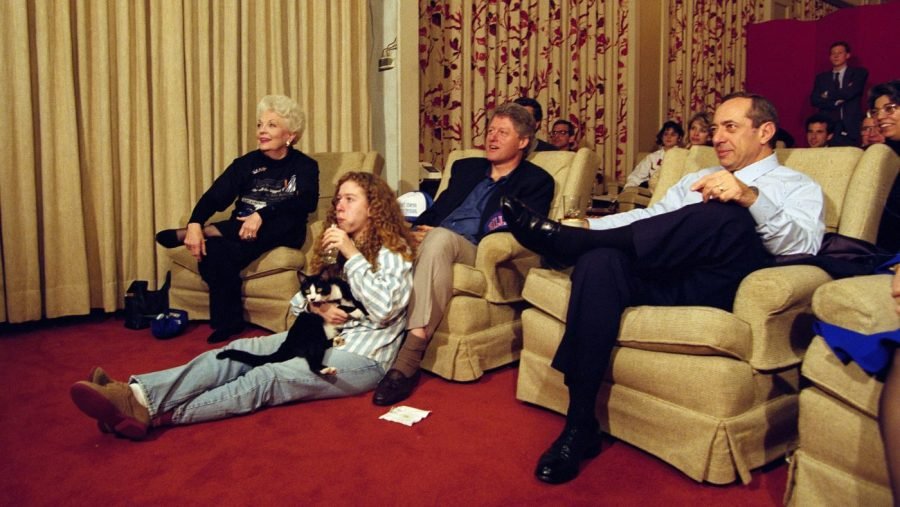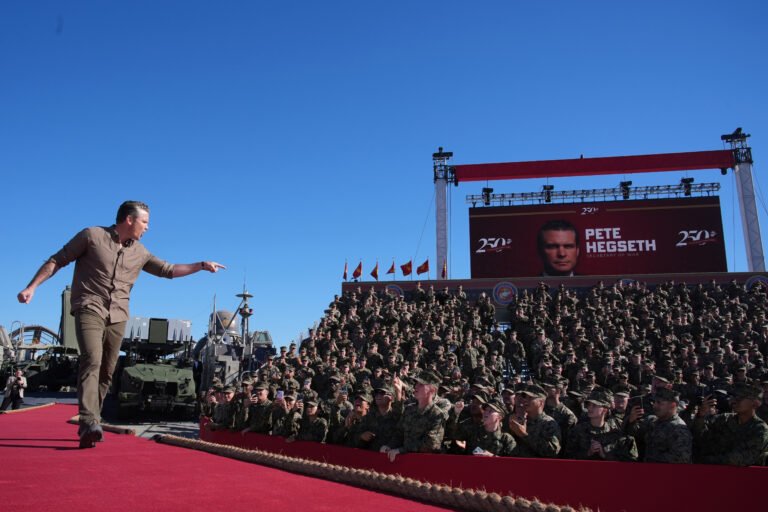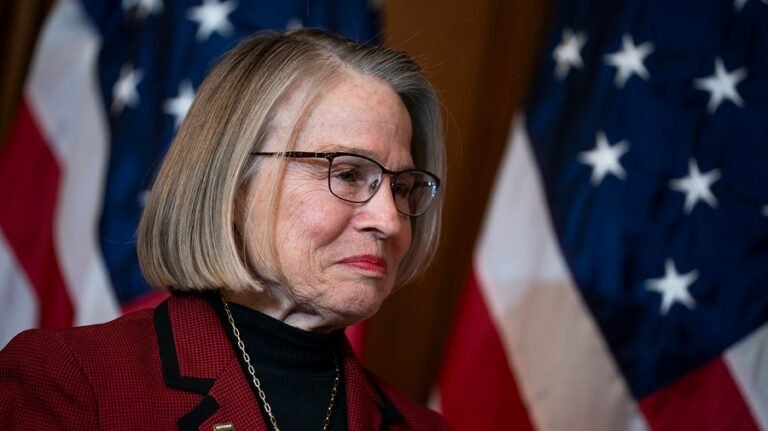
Demolition of the White House’s East Wing, itself a source of multiple controversies for more than 200 years, was completed Thursday.
Excavators were spotted starting Monday tearing it apart.
It was home to first lady Melania Trump’s office, the offices of the White House social secretary and calligrapher, as well as the movie theater and the presidential bunker. It’s now described as “the Late Great East Wing” on the White House website for Christmas tours.
The staff members of those offices were relocated to other parts of the White House, CNN reported.
The demolition will set the stage for construction of a $300 million ballroom, “a bold, necessary addition” to the executive mansion, the Trump administration said in a statement issued Tuesday.
The East Wing’s razing was met with criticism both by preservationists and by more than half of the American public. In death, the East Wing has come full circle, as it received criticism at the time of its birth during early 1800s.
President Thomas Jefferson, who served two terms 1801-09, first ordered the installation of colonnades on both the eastern and western sides of the White House, according to the White House Historical Association’s (WHHA) website. The colonnades “facilitated staff movement and added a refined architectural element to the White House,” the association noted.

Newspaper editorials slammed the additions, while the opposing Federalist Party suggested that the colonnades reflected “aristocratic tendencies” from Jefferson, the WHHA described.
But the colonnades remained until 1866 and were then replaced in 1902, under President Theodore Roosevelt’s overhaul of the White House, to allow for a main entrance for social events, according to the George W. Bush White House Archives.

The East Wing yet again stirred controversy when President Franklin D. Roosevelt added more offices as part of the White House’s growing staff in 1942, WHHA stated. It also became the home of an underground bunker now referred to as the Presidential Emergency Operations Center. The bunker was used by members of President George W. Bush’s Cabinet following the Sept. 11, 2001, attacks, and by President Trump during the George Floyd protests in 2020.
The controversy stemmed from it being completed with World War II unfolding in the background. Republicans called the construction wasteful and accused FDR of using the White House makeover to improve his image.
“The secretive nature of the construction, tied to military purposes, further fueled suspicions,” WHHA explained. “However, the East Wing’s utility in supporting the modern presidency eventually quieted critics.”
Although the first lady’s office was established when Eleanor Roosevelt held the role, Jacqueline Kennedy expanded her staff, according to WHHA. While the formal office was set up for Betty Ford, the office opened for Rosalynn Carter in 1977.

Another addition FDR made to the East Wing lost to the excavators was the White House Family Theater. The theater featured a 42-seat cinema and was where presidents screened a variety of movies over the years, from “E.T.: The Extra-Terrestrial” under Ronald Reagan to “Seabiscuit” under George W. Bush to “Men in Black 3” under Barack Obama.
In July, the Trump administration announced the plans for the massive ballroom. Fast-forward to October, with preservationists sending pleas to the National Capital Planning Commission and the National Park Service to slow down the reconstruction effort and “go through the legally required public review processes, including consultation and review by the National Capital Planning Commission and the Commission of Fine Arts, and to invite comment from the public.”
With the demolition completed, renovations to the bunker will be overseen by the White House Military Office, sources told CBS News on Thursday.
The Hill has reached out to the White House for comment on the bunker’s upgrades.


